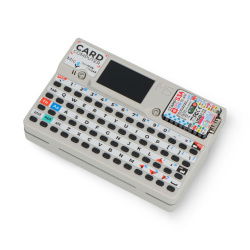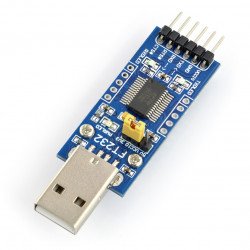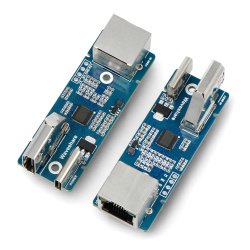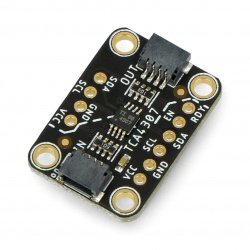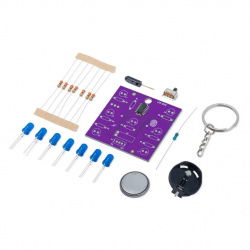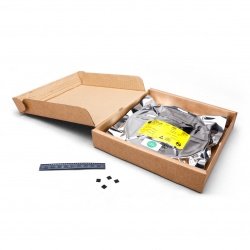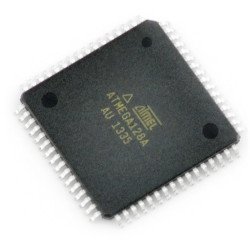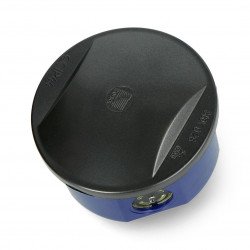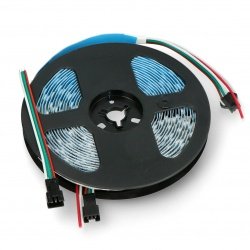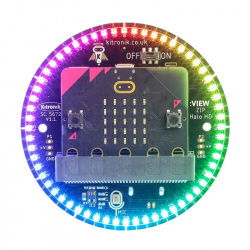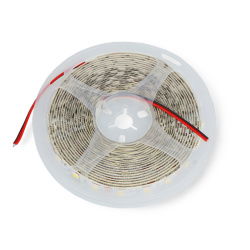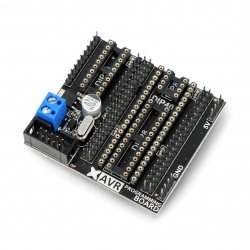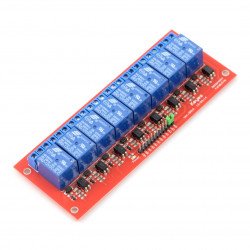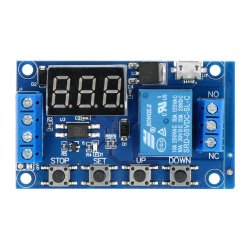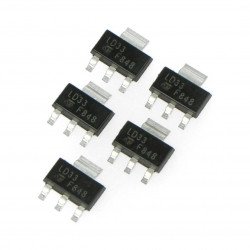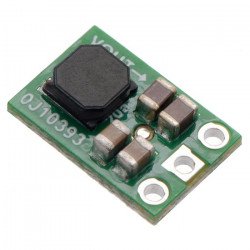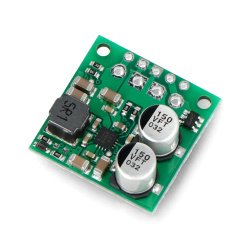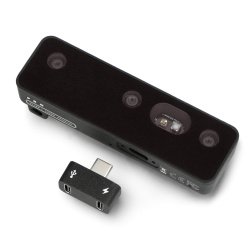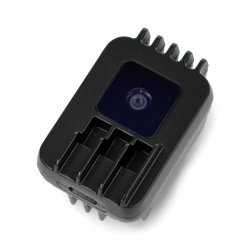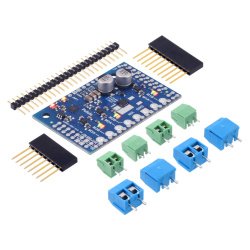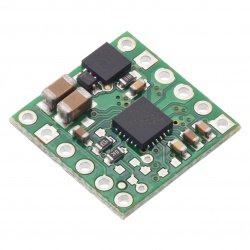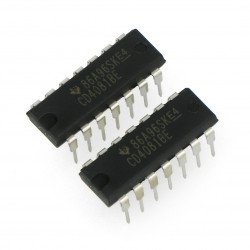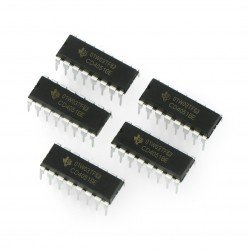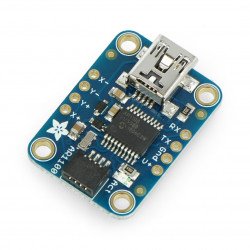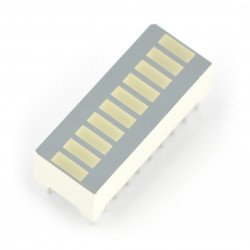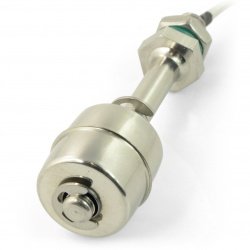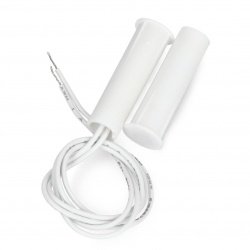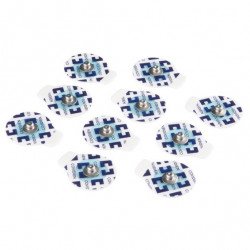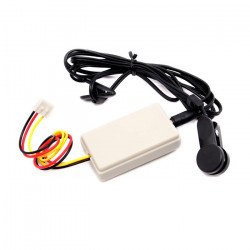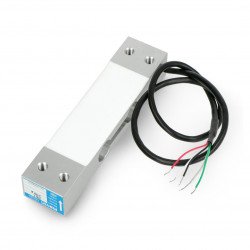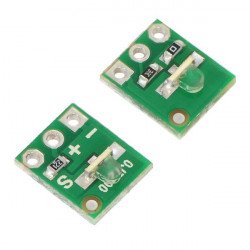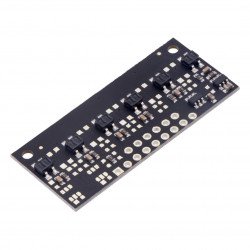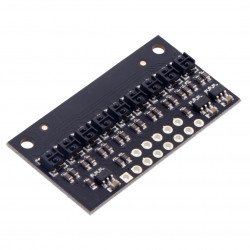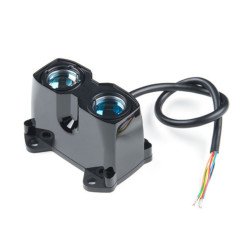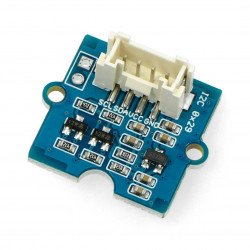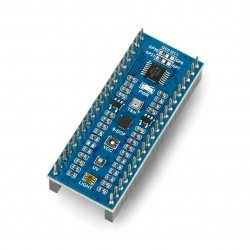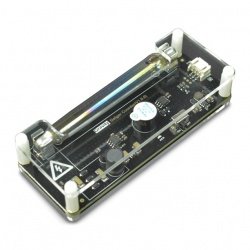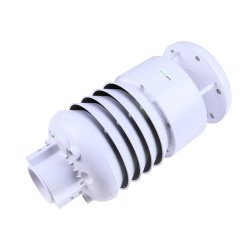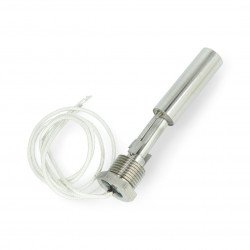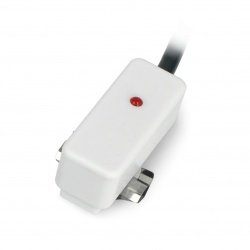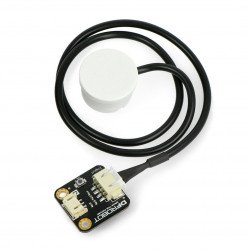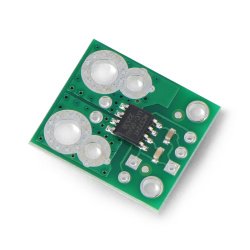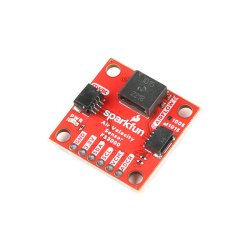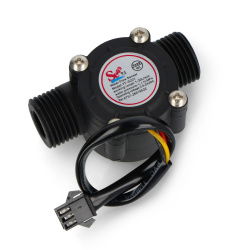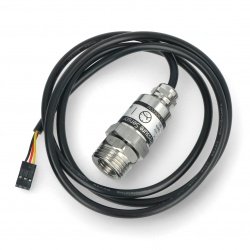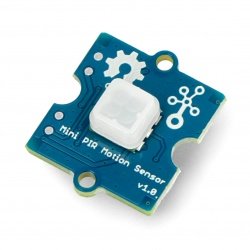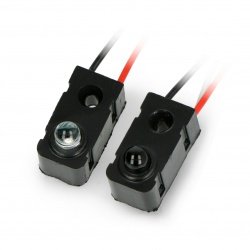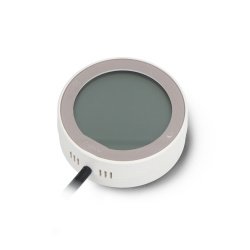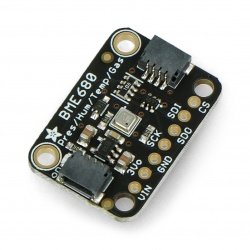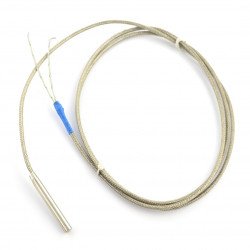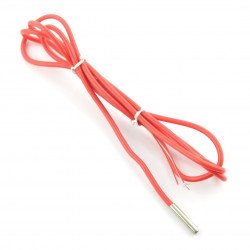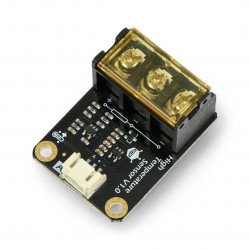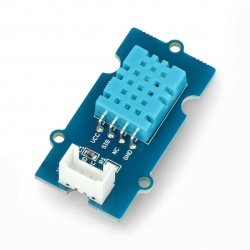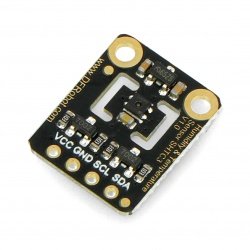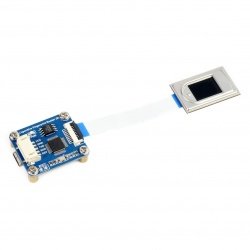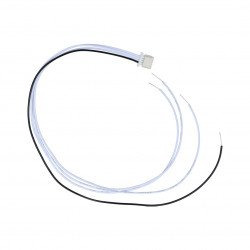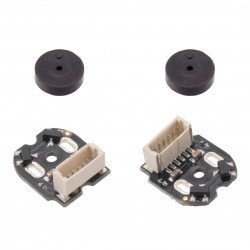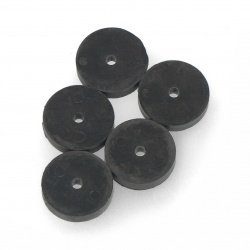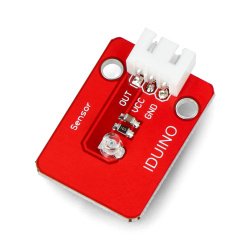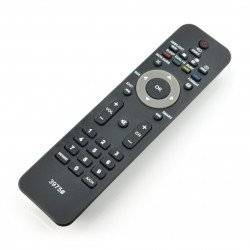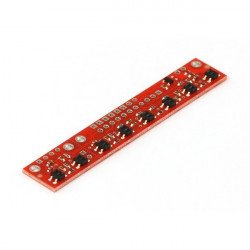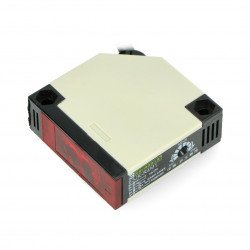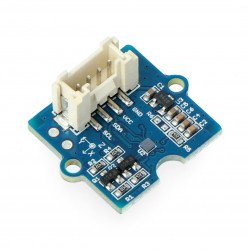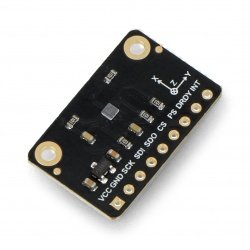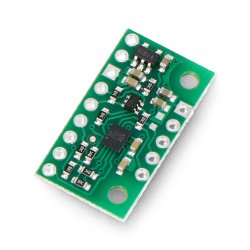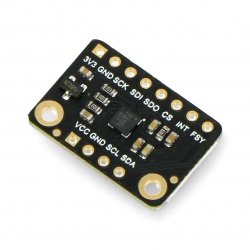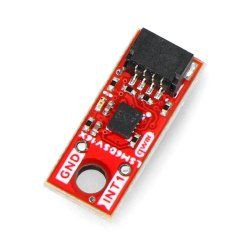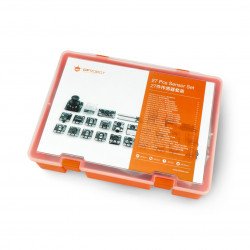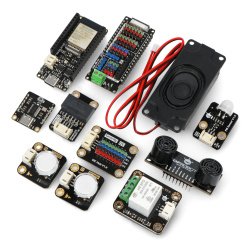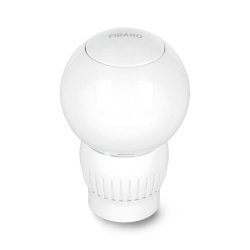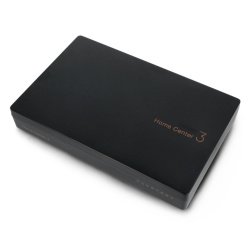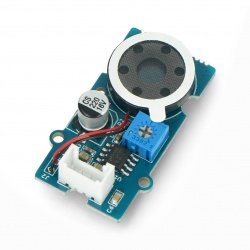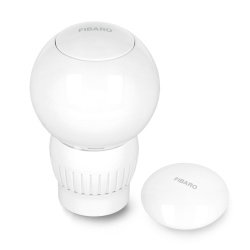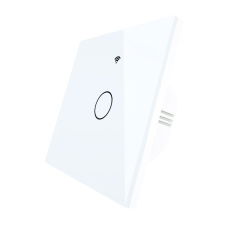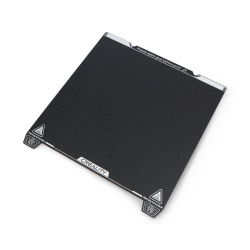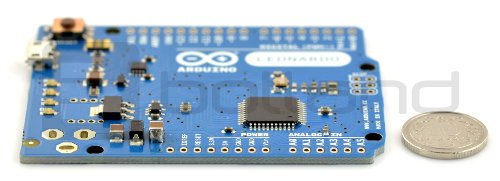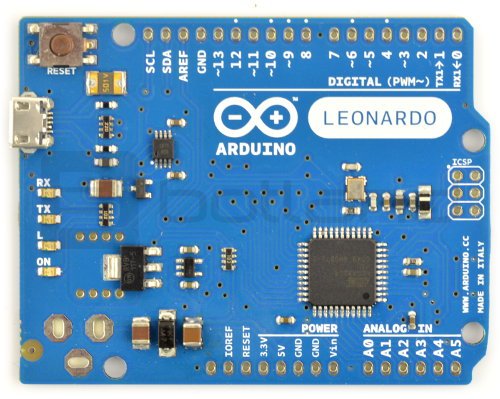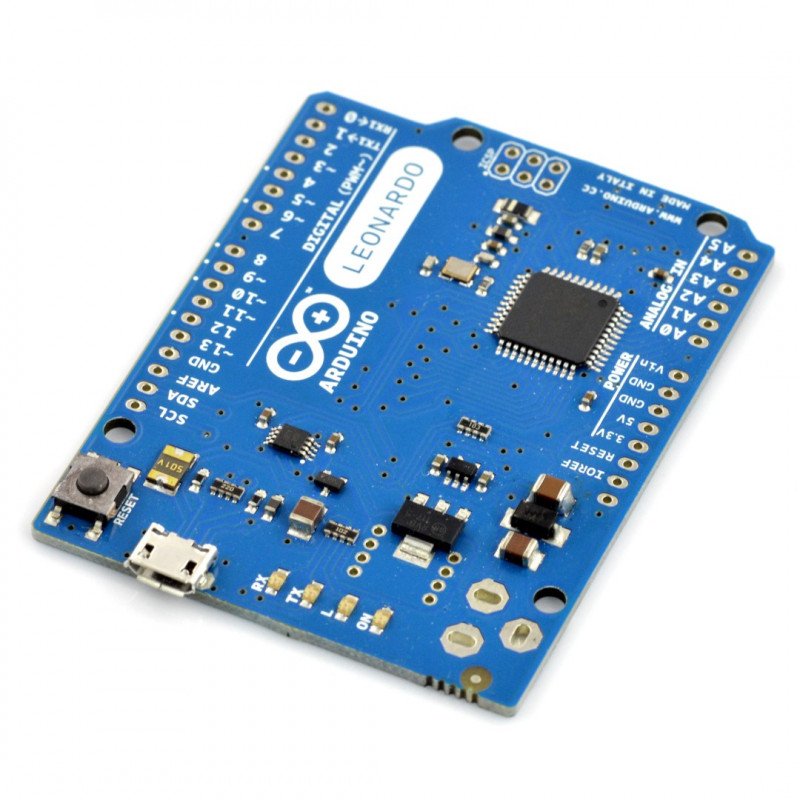Product description: Arduino Leonardo - module A000052 - low profile (without connectors)
TheArduino Leonardois one of the most popular versions of the series. The board contains anATmega32u4microcontroller equipped with the20 digital inputs/outputs, 7 of which can be used asPWMoutputs (e.g. for motor control) and12 as analog inputs. The system works with the signal ticking with the frequency of16 MHz, has32 kB of Flashmemory and2.5 KB of SRAM.
The subject of the sale is the original product for Arduino, Botland isthe official distributor of this company.
|
This version does not have soldered connectors, the user decides which connectors and in which places solder them. In our offer, you will also findArduino Leonardo with connectors. |
Key features Arduino Leonardo
Below are a few features that distinguish modules Arduino compared to other programmable tiles.
| Name | Description |
|---|---|
|
Installed bootloader |
Thanks to bootloader, for programming the device sufficient are micro usb cableandthe software from the manufacturer's website. |
|
Arduino Shield |
The distribution of connectors allows the installation of special plates, so-calledArduino Shield, after soldering connectors. |
|
Digital leads |
20 digital inputs/outputs allow, i.a. the control of LEDs, relays and the reading the buttons' states. |
|
Current efficiency |
The maximum current efficiency for a single output is 40 mA. |
|
PWM outputs |
7 PWM outputs allow the motor control and the brightness control of the LEDs. |
|
Analog inputs |
12 inputs of built-in analog to digital converterwith 10 bits of resolution, support, i.a. sensors with analog output. |
|
Serial communication |
The device supports popular communication interfaces, i.a.: UART, I2C and SPI, and USB. |
| Special functions | Some of the pins have special functions which brief description is available inour guide. |
|
Built-in memory |
The Atmega32u4 chip is clocked with the signal with clock frequency of 16 MHz and has 32 KB of Flash memory, 1 KB EEPROM and 2.5 KB of SRAM. |
|
Power DC connector |
To power the Arduino, you can useany power sourcewith a voltage from 7 V to 12 V with DC connector 5.5 x 2.1 mm. |
|
Power USB port |
The tile can be powered from a computer viamicroUSB cable, bearing in mind that the maximum current efficiency for the USB port is 500 mA. Arduino has a system that protects the socket from short-circuit and from the flow of too high current. |
|
ICSP Connector |
The module has leads ICSP for connecting an externalAVR programmer. |
|
Pin IOREF |
The IOREF pin provides direct access to the voltage with which leads I/Owork. |
|
Built-in led |
The connected LED on pin 13, allows debugging simple programs. |
|
Output 3.3 V |
Built-in voltage regulator provides power to external devices with the voltage of 3.3 V with current consumption up to 50 mA. |
|
First run To help you get started with the module, we have prepareda tutorial that applies to the installation and first run of the Arduino environment. |
Specification Arduino Leonardo
- Supply voltage: from 7 V to 12 V
- Microcontroller: ATmega32u4
- Maximum clock frequency: 16 MHz
- SRAM: 2.5 KB
- Flash memory: 32 KB (4 KB is reserved for bootloader)
- EEPROM: 1 KB
- I/O Ports: 20
- PWM outputs: 7
- Number of analog inputs: 12 (channels of converter A/C with 10 bit resolution)
- Serial interfaces: UART, SPI, I2C, USB
- External interruptions
- The connected LED on pin 13
- MicroUSB slot for programming
- DC connector 5.5 x 2.1 mm for power
Useful links |













































